‘UX and UI design trends’, ‘UI designer’, ‘UX design agency’, ‘UX design book’… buzzwords or inevitable approaches to designing websites that attract customers? What exactly is UI and UX design? What’s the difference between them and where do they relate?
We answer the most important questions about these two concepts – briefly and clearly, so that you too can be well up on the topic. Are you ready?
UX and UI design: what do they mean?
The meaning of UX and UI design isn’t really as complicated as you think. First, let’s look at what UX design means.
The meaning of UX design
UX design is the abbreviation of “User Experience design”. All emotions and experiences that the user experiences while using the product or service are part of the user experience. Therefore, UX design is a product design approach that focuses on user needs. Of course, it also takes business goals and needs into account and harmonizes them with user perspectives.
A good UX (and UI) designer will try to guide the user by the hand from the first moment on. He or she uses research findings in psychology, perception and marketing to succeed and puts him or herself in the users’ shoes to find out how easy it is for them to perform a particular task.
Generally, UX designers try to answer questions such as:
“How easy and fast is the checkout process in the webshop?”
“How much help does the financial application mean to the user with regard to conscious budgeting?”
So.. what does UX mean?
In light of the above, UX design is the art of empathy by which you allow users to conveniently achieve their goals within a user interface.
To put it simply: if your target audience feels that browsing your website is really easy and they also find everything they need right away while having an overall positive experience, this means that the user experience of your website is pretty good. In other words, the UX designer has done a great job!
What are the main tasks of a UX designer?
Although UX and UI design can be both performed by one person, let’s see the specific tasks of a UX designer. With regard to a given product, the UX designer:
- maps the goals of the target audience, their difficulties in achieving these goals, and the factors that can make their paths more convenient;
- plans the user journeys;
- develops a UX strategy in collaboration with the customer;
- designs user-friendly features;
- designs and creates the wireframe of the application or the website;
- checks existing user interfaces from the user’s perspective (performs a so-called UX audit);
- collaborates with software developers; and
- follows current UX trends.
Did you know?
UX designers play a key role in each phase of the Double Diamond matrix which helps to capture the whole product design cycle until the handover of the MVP. The model includes 4 phases: discovery, definition, development and delivery. UX designers are actively involved in 2 of the 4 phases, namely definition and development. However, they are present in all phases to a certain extent as they have to see through the whole process.
What is UI?
Now that you’ve become familiar with the meaning of UX design, let’s move on to UI design.
As opposed to UX design, UI stands for the visual design of the user interface.
So it’s just graphic design work?
Not at all!
Stated in the simplest terms, the job of a UI designer is to present content and existing structures to visitors in the most attractive way. Consequently, UI design involves many areas – including multiple UX areas as well. For example, it can include the design of navigation (e.g., search bars, sliders, icons or tags) and visual elements (e.g., visual style guide or pixel-based graphic elements).
What does a UI designer do?
The UI designer creates a visual language which is tailored around the needs of the users and which communicates the brand as well as the business goals. That is, the UI designer:
- creates the visual style guide, in which he or she specifies the colors, shapes and typography to be used with regard to the product, and sets rules for when to use which one;
- designs the basic elements (eg., buttons, tags, windows, messages) and also defines the rules for these;
- performs the necessary graphic design tasks, designs the animations and creates responsive web design for websites;
- collaborates with software developers; and
- follows current web design trends.
What’s the difference between UX and UI?
Let’s see the difference between UI and UX using a car manufacturing analogy.
What’s the UX designer’s goal here? To have the best possible driving experience. The UX designer works to make the seats ergonomic and the steering wheel, gear stick and pedals easy to operate. Furthermore, he or she ensures that the warning lights show the right information at the right time.
In contrast, the UI designer ensures that the steering wheel doesn’t have an angular shape and the pedals fit well to the shape of the foot. He or she also makes sure that the warning light symbols are easy to understand and comply with international standards. Moreover, the UI designer also pays attention to the seat covers, since in addition to convenience, he or she takes uniform appearance, industry-specific characteristics, tone of voice as well as business aspects into account.
Problem recognition first, solution next
Using an even simpler example: UI without UX is like a painter pouring paint onto a canvas without thinking. And UX without UI is just a sketch without any colors, beautifully crafted details or personality.
In short, while UX design is about defining and solving users’ problems, UI design provides an intuitive, aesthetically pleasing, lovable interface.
In product development, UX design is usually done first: the UX designer develops the user journey as well as the wireframe of the user interface and afterwards, the UI designer fills all this with visual and interactive elements.
Where do UX and UI relate?
Now that you know the differences between UX and UI by heart, let’s see how the two areas are connected.
UI and UX designers form a sort of bridge between web design and marketing. Which area is more important?
Both are of great relevance!
In product design, UX and UI complement each other. Today’s fierce competition demands that you perform well in both areas.
How do UX and UI designers work together?
It is important to know that in order to succeed, UI and UX designers work closely together. Their common goal?
To create the best possible user experience. In order for the planned user journey, the wireframe and the visual language to point into the same direction, clear communication and careful coordination is key during the design work.
Nonetheless, there is a formal handover point between UX and UI designers. This happens when the validated prototype is ready. At this point, the actual graphic design work can start. In reality, however, the UI designer may start designing the visual language much earlier: for example, he or she may create the mood board or try a color on the wireframe’s screen.
Once the design is complete, the UX and UI designer will jointly check if the final design includes everything the wireframe intented to show. At the end of the process, they review the entire interface, the user journeys, and whether these meet UX and UI considerations.
UX/UI design – They only work together
By now, you too know that both UI and UX design have to perform well in order to create a successful website or application.
If a given interface is easy to use, but due to the poor graphic design (e.g., hard to read text, uninviting interface, lack of industry standards) users navigate away, this could mean that the UI design is inappropriate. If, on the other hand, the site is eye-catching but difficult to use, the UX design might need some reconsideration.
If you wish to get a deeper understanding of UX and UI design, you may want to take a UX and UI designer course. If you don’t have time for that but you want to play safe, we recommend entrusting the UX and UI design of your website or application to experts.
We are curious: as a CEO, do you have any challenging projects that you think would benefit from a comprehensive UX research?


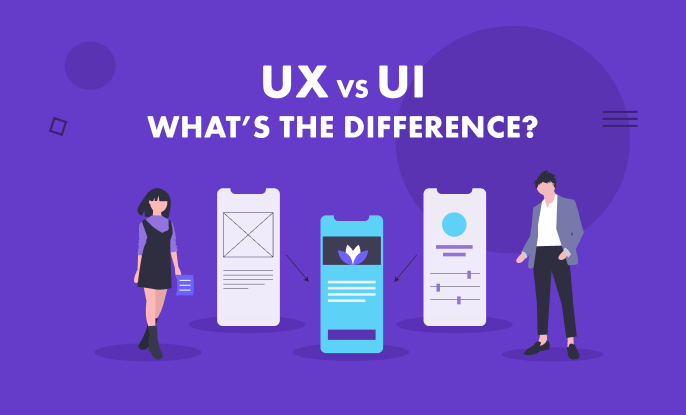
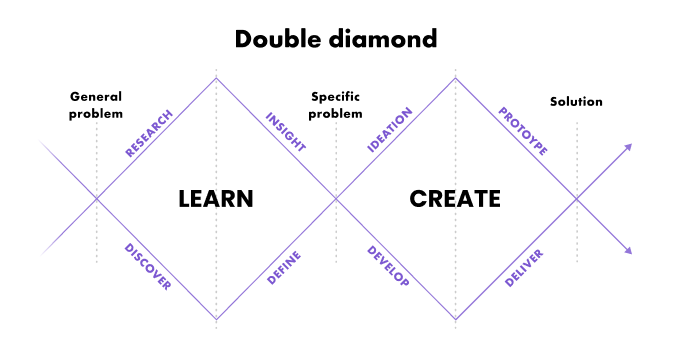
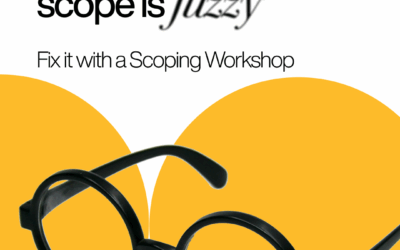
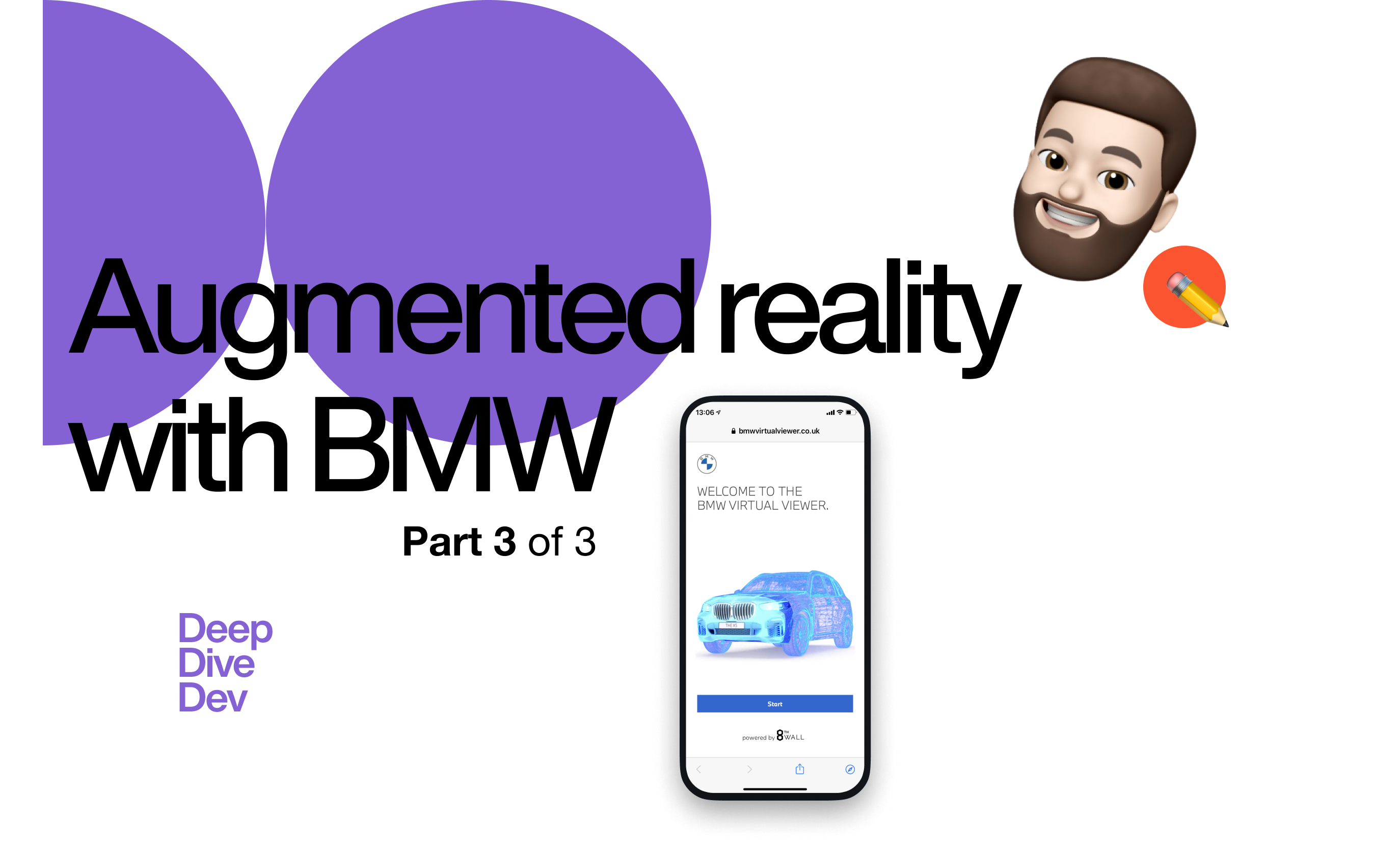
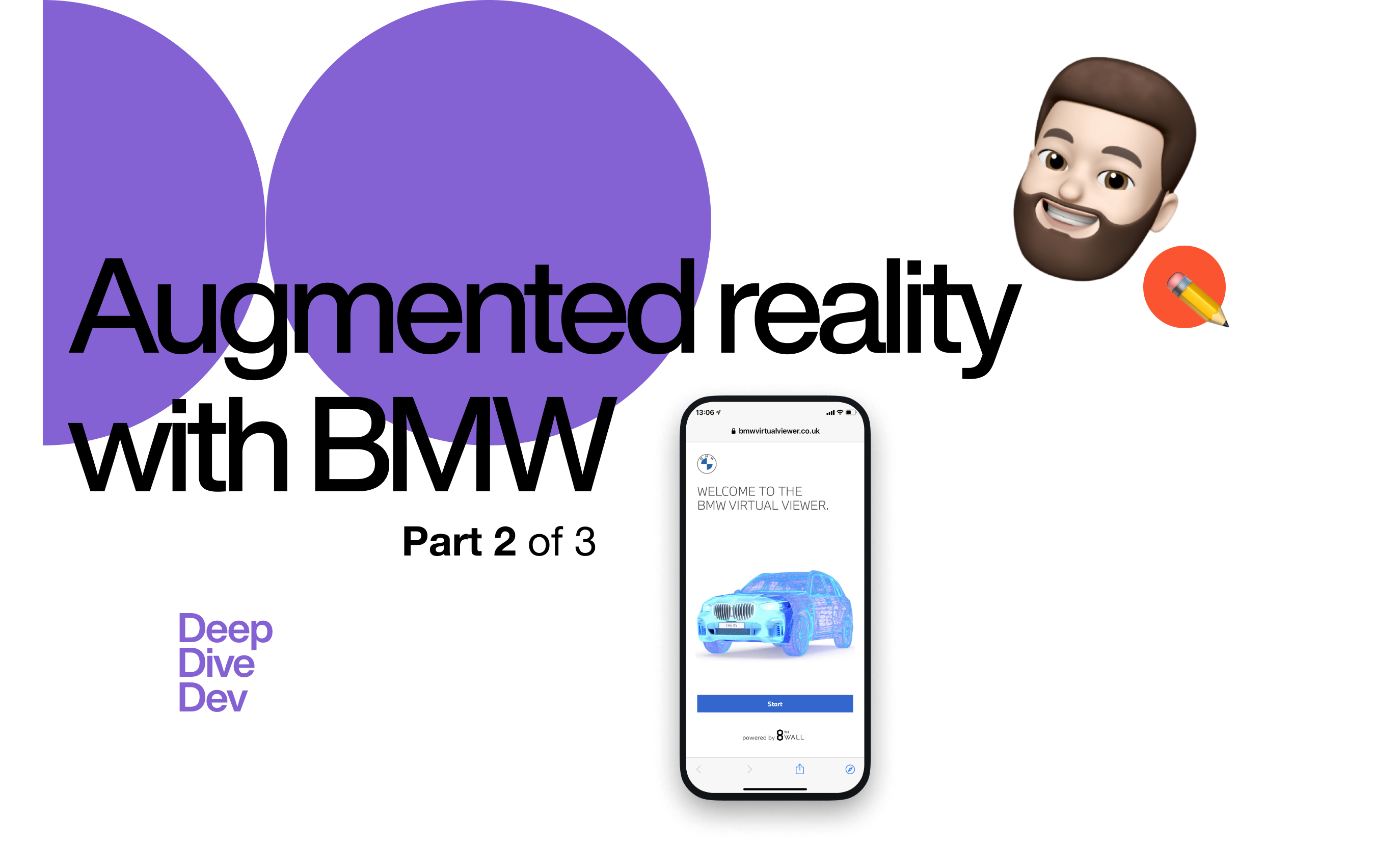
Have a look at our social media